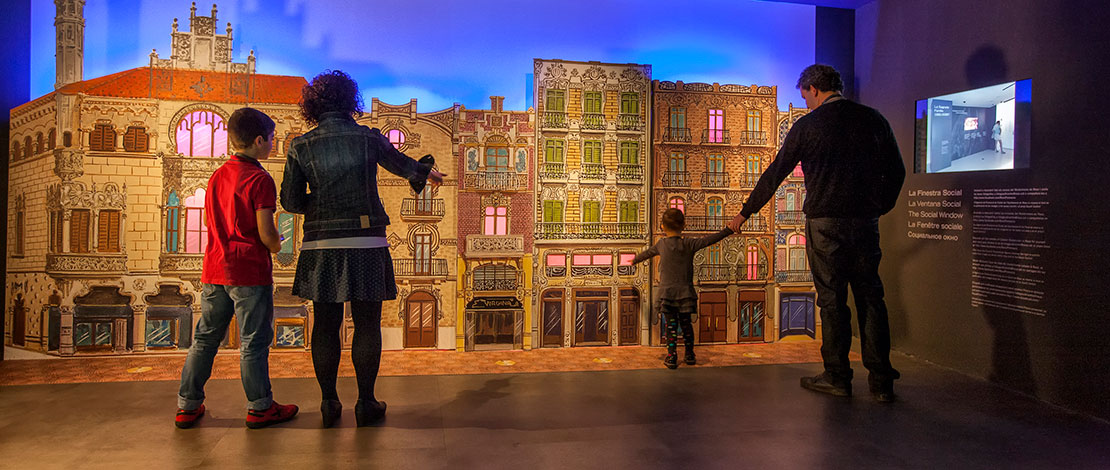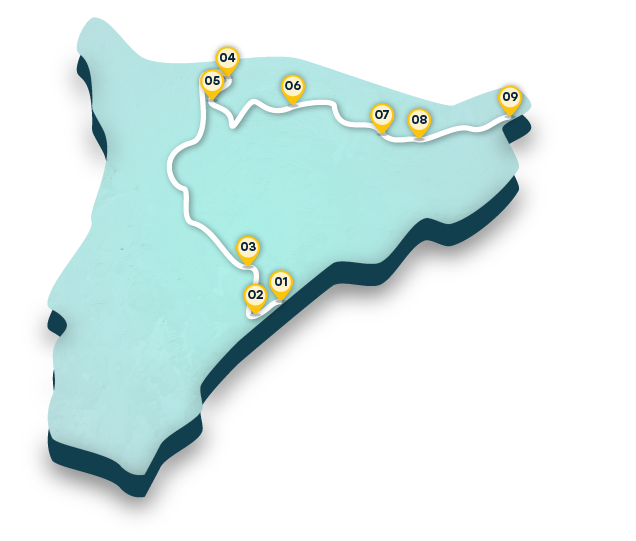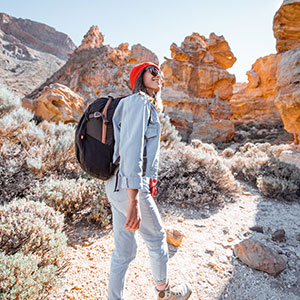Step 1: Costa Dorada and Tarragona
It is the coast bathed by the Mediterranean Sea to the south of Catalonia. Coves and beaches where you can enjoy still waters, cities bursting with lively nightlife and fishing villages. We recommend a tour of at least two days that you can enjoy at any time of the year: Combine visits to the cities of Tarragona and Reus with a few hours by the sea.
Distance:20-50km Journey: By car / Duration: 1-2 days
Tarragona is a must-visit. You will be able to visit one of the best preserved Roman archaeological sites. It is a UNESCO World Heritage site, and includes a Roman theatre, an amphitheatre, a Roman circus, and the traces of the Tarraco forum. Before you leave take a trip through the city’s old quarters, sit and relax in one of the squares or terraces and visit the cathedral. To complete your day you can visit the famous Cala Fonda or visit Tamarit to watch the sunset next to the castle.Reus is known above all as the birthplace of Gaudí. You will have the opportunity to visit the house where he was born, to discover the church where he was baptised and learn all about the man and his art at the Gaudí Centre. On a trip through Reus you can also admire many Modernist buildings. Cambrils, Salou and Torredembarra are all good choices for enjoying the sea on this day.Useful information:The nearest airports to Tarragona are: Reus (10 kilometres) and Barcelona (approximately one hour by car)


















